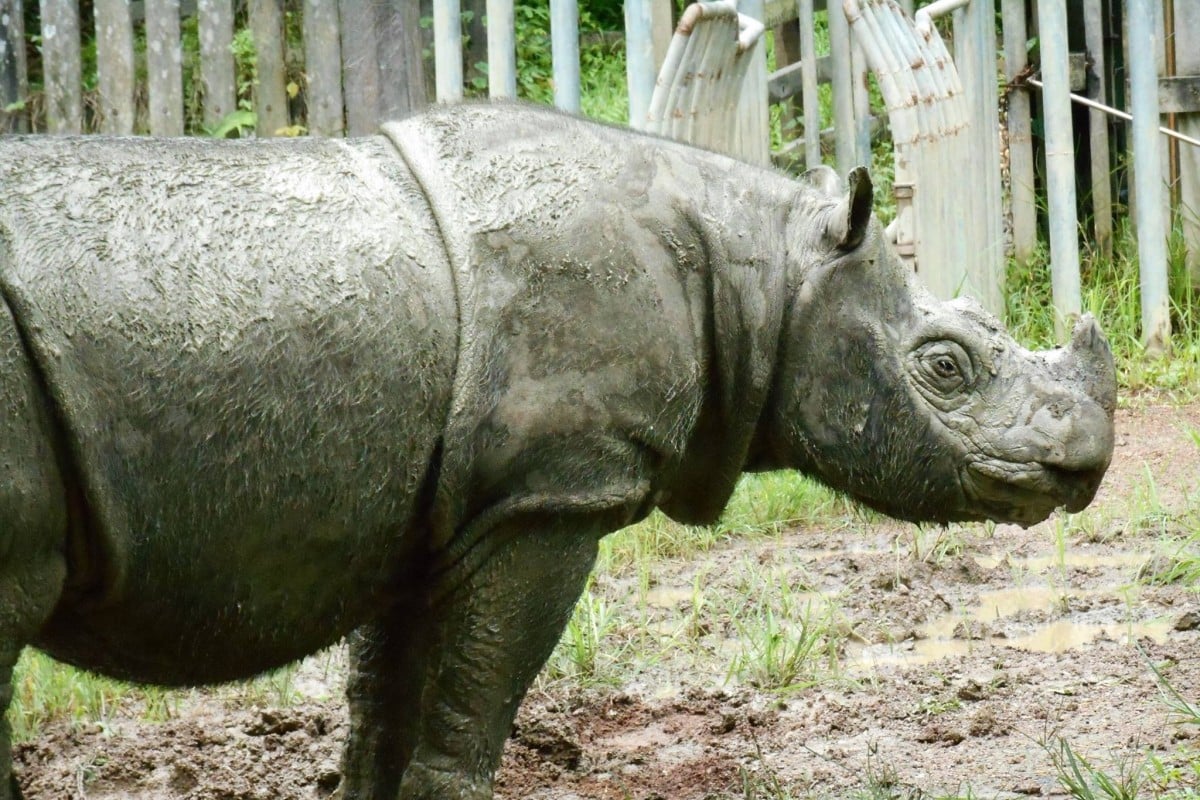The Megafauna extinction proved arguably favorable against humans because extinction for large mammals occurred in “pulses” around forty thousand years ago. When an animal reaches a certain size they escape from predation meaning they are not vulnerable to being attacked. When human beings came onto the Earth They were hunters and gatherers which led to a gradual process of extinction as traits that were once advantages became unfavorable. Deforestation was a major factor in the demise of the Sumatran rhino because, “as Southeast Asia’s forests were felled, the rhino's habitat shrank and became fragmented. By the early nineteen-eighties, its population had been reduced to just a few hundred animals”(219) The population declined as their environment became fragmented. When an area is fragmented it leads to a decrease in the number of species in an area. The arrival of humans affected the survival rates of many enormous beasts that once walked the earth.
Wednesday, September 4, 2019
Chapter 11- The Rhino gets an Ultrasound
The Megafauna extinction proved arguably favorable against humans because extinction for large mammals occurred in “pulses” around forty thousand years ago. When an animal reaches a certain size they escape from predation meaning they are not vulnerable to being attacked. When human beings came onto the Earth They were hunters and gatherers which led to a gradual process of extinction as traits that were once advantages became unfavorable. Deforestation was a major factor in the demise of the Sumatran rhino because, “as Southeast Asia’s forests were felled, the rhino's habitat shrank and became fragmented. By the early nineteen-eighties, its population had been reduced to just a few hundred animals”(219) The population declined as their environment became fragmented. When an area is fragmented it leads to a decrease in the number of species in an area. The arrival of humans affected the survival rates of many enormous beasts that once walked the earth.
Subscribe to:
Post Comments (Atom)

No comments:
Post a Comment